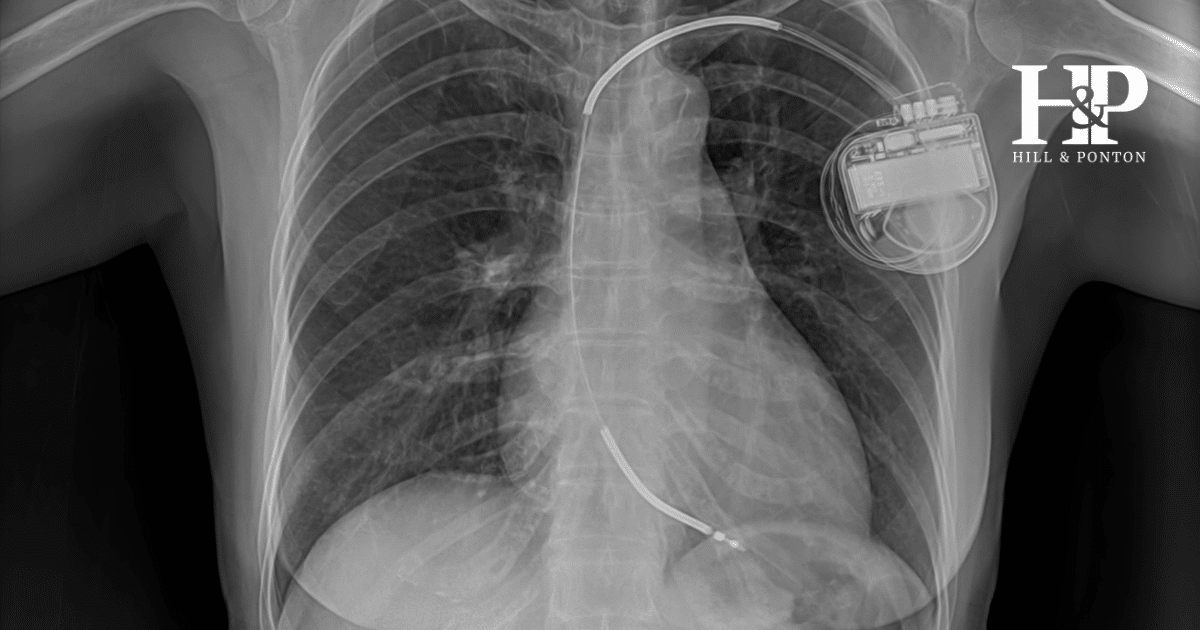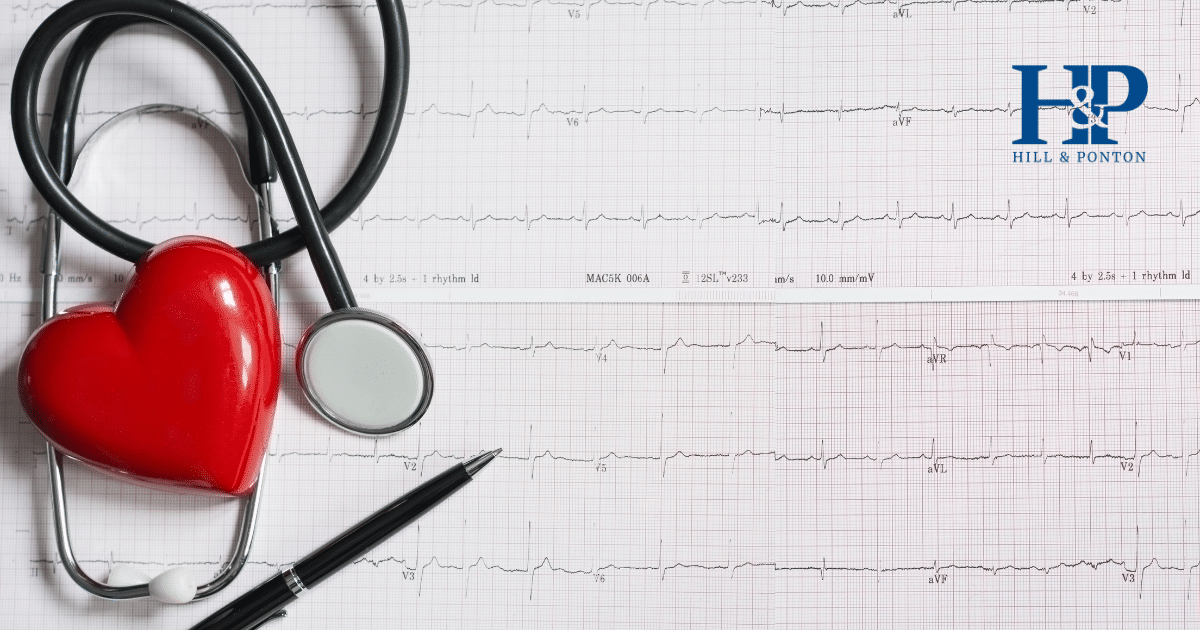Tachycardia, a condition characterized by an abnormally rapid heart rate, can significantly impact the lives of Veterans who developed it as a result of their military service. The VA recognizes this effect and provides specific disability ratings for various types of tachycardia, including sinus tachycardia, atrial fibrillation, atrial flutter, and supraventricular tachycardia (SVT).
When Does Tachycardia Qualify for VA Disability?
This condition may qualify for VA disability benefits when it is service-connected, meaning that it was either caused by or significantly aggravated during military service.
Common causes of sinus tachycardia in service members include:
- Extreme physical exertion
- Prolonged exposure to high-stress situations
- Certain environmental factors (e.g., extreme heat, high altitudes)
- Reactions to medications used to treat other service-connected conditions
Related conditions that may contribute to or result from tachycardia include hypertension, thyroid disorders, and anxiety disorders.
Is Tachycardia a Presumptive VA Condition?
Tachycardia itself is not presumptive. But it may be connected to a larger cardiovascular condition that is presumptive, such as ischemic heart disease for veterans exposed to Agent Orange.
The VA Disability Rating System for Tachycardia
Tachycardia is primarily evaluated under Diagnostic Codes (DC) 7009, 7010, and 7011, with the specific code used depending on the Veteran’s symptoms and heart function.
In cases where a Veteran requires a pacemaker (DC 7009) or undergoes heart surgery, they are automatically granted a temporary 100% disability rating for one month following hospital discharge. After this period, the condition is re-evaluated using the General Ratings Formula for Diseases of the Heart.
For ongoing tachycardia without surgical intervention, the VA assigns either a 30% or 10% disability rating. The rating is determined by the frequency of necessary treatments or interventions per year, which may include surgeries or continuous use of oral medications.
Supraventricular Tachycardia (DC 7010) Ratings
30% Rating: Assigned when the condition is confirmed by electrocardiogram (ECG) and requires 5 or more treatment interventions annually.
10% Rating: Granted when the condition is confirmed by ECG and either:
- Requires 1 to 4 treatment interventions per year, or
- Is managed through continuous use of oral medications or vagal maneuvers.
Master the VA Disability Claims Process
How to Service Connect Your Tachycardia
To establish service connection for tachycardia, you’ll need to provide:
- A current diagnosis of tachycardia
- Evidence of an in-service event, injury, or illness that could have caused or aggravated the condition
- A medical nexus opinion linking your current tachycardia to the in-service event, injury or illness
Supporting evidence can include:
- Service medical records showing a diagnosis of tachycardia or related symptoms
- Post-service medical records documenting ongoing issues
- Buddy statements from fellow service members
- Medical opinions from cardiologists or other specialists
Winning Tachycardia VA Cases
How a Veteran Won His Sinus Tachycardia VA Rating
A Marine Corps veteran who served in Iraq experienced frequent episodes of rapid heartbeat during his deployment. He was diagnosed with sinus tachycardia in service but didn’t receive ongoing treatment. After discharge, his symptoms persisted and worsened.
The veteran filed a claim, providing service medical records showing the in-service diagnosis and post-service treatment records documenting continued episodes. He also submitted a statement from his cardiologist linking his current condition to the stressors experienced during deployment. The VA initially denied the claim, citing insufficient evidence of chronicity.
On appeal, the veteran provided additional evidence, including a buddy statement corroborating the frequency of his episodes during service and an independent medical opinion detailing how the condition was likely aggravated by his military service. The Board of Veterans’ Appeals ultimately granted service connection, assigning a 30% rating based on the frequency of his documented episodes.
Obtaining a Supraventricular Tachycardia VA Rating
A Navy veteran successfully obtained a VA rating for supraventricular tachycardia after initially being denied. During service, she had several documented episodes of rapid heartbeat, diagnosed as paroxysmal supraventricular tachycardia (PSVT). Post-service, she continued to experience episodes requiring emergency room visits.
Her initial claim was denied due to lack of current diagnosis. On appeal, she provided records of multiple ER visits, each documenting PSVT episodes. She also submitted a Holter monitor report showing more than four episodes per year. Additionally, her cardiologist provided a nexus opinion linking her current PSVT to the in-service diagnosis.
The Board granted service connection and assigned a 30% rating under Diagnostic Code 7010, based on the evidence of more than four episodes per year documented by ECG or Holter monitor.
How to File a VA Claim for Tachycardia
- Gather all relevant medical evidence, including service records and post-service treatment
- Complete VA Form 21-526EZ (Application for Disability Compensation and Related Compensation Benefits)
- Submit the form and supporting documents to the VA online, by mail, or in person at a VA regional office
- Consider seeking assistance from a Veterans Service Organization (VSO) to help navigate the process
Increase Your VA Rating
If you believe your VA rating for tachycardia is too low or your condition has worsened:
- File for an increased rating by submitting new medical evidence showing your condition has deteriorated
- Request a new Compensation and Pension (C&P) exam if your last exam doesn’t accurately reflect your current condition
- Provide documentation of increased frequency or severity of episodes
- Submit evidence of how the condition impacts your daily life and ability to work
- Consider secondary conditions that may have developed due to your tachycardia, as these may warrant additional ratings
- Consider seeking a legal representative to assist you in navigating the appeal process
Maximize Your Benefits
Unhappy with your VA decision? We’re here to help. Contact us for a free review of your case.




